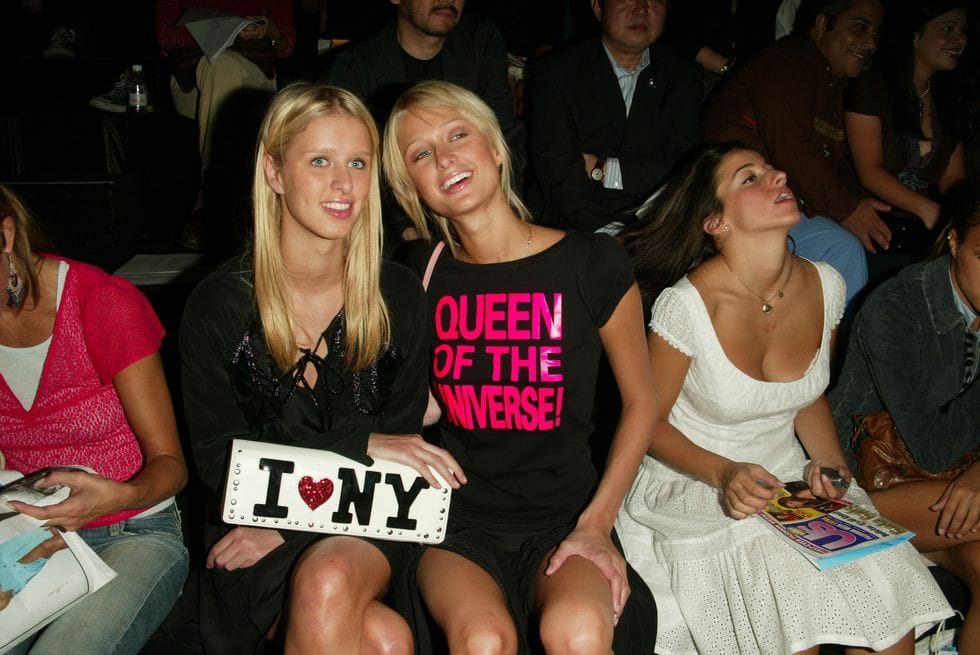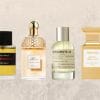BY JESS SIMS
00’s fashion is all over TikTok but what its newest admirers may not remember is how the trends of the turn of the century were so damaging to so many of us. Here, Jess Sims explores the dark side of nostalgia.

Evan Agostini/Getty Images
Bennifer has reemerged, there’s a new Sex and the City, and the girls are wearing low-rise jeans again. It’s official: the ’90s are out, and the noughties are in. And Gen Z can’t get enough. Videos tagged “#Y2KAesthetic” and “#Y2Kfashion” on TikTok have a collective 405 million views and counting. The trend has spurned some intense conversations over the past few weeks and triggered feelings for elder millennials. One Twitter user expressed her frustrations in a Twitter thread.
“Seeing everyone dress in 2000s fashion for fun or trend actually triggers a lot of body image issues and eating disorders for me and I know it’s not anyone’s fault but I wish ppl understood the height of fatphobia within that era of fashion was probably the worst in history,” she wrote.
Recent Y2K fashion discourse is missing some salient points, namely, any reference to women of colour—or how the toxic combination of fatphobic media, fashion trends, and emerging social media channels created the perfect storm. Rather than let this be another divisive talking point in the millennials vs. Gen Z culture wars, let’s have an honest conversation.
Fatphobia wasn’t invented in 2001, but one could easily argue that a rise in Internet access played a pivotal role in Y2K’s hyper-toxic culture. Only 22.9 per cent of U.S. households had a personal computer in 1993. By 2003, the same year Fox premiered The Simple Life, starring blonde thinspo heiresses Paris Hilton and Nicole Richie, 61.8 per cent had one.

Ray Mickshaw/Getty Images
Early social media networks, like LiveJournal, Myspace, and Tumblr, quickly gained popularity among the adolescent set, and those looking to stay thin by any means necessary. “When I think about the 2000s, I think about LiveJournal communities and Tumblr accounts that were very pro-ana (anorexia nervosa),” Fashionista Editor-in-Chief Tyler McCall says. But even if social media hadn’t started to take off in the early aughts, traditional media channels made it clear: Thin was in.
It’s like the clothing was built in a way that made your body look distorted.
The fashion industry played an integral role. For YouTuber Angela Benedict, who was an aspiring actress in her early 20s, the clothes were shrinking, “I hadn’t gained any weight. Why am I looking this way? Why is my stomach spilling over? Why are my hips protruding? It’s like the clothing was built in a way that made your body look distorted.” Benedict recently shared her experience with disordered eating in a video titled “Y2K Gave Me an Eating Disorder.”
Reflecting on these unforgiving fashion trends makes one wonder about the idolatry of youth in fashion. The average age for models entering the industry in 2011 was between 13 and 16 years old. The models were pubescent, but the clothing they were modeling was being marketed and sold to adult women, who in turn internalized the message being sent. “You either thrifted, made your clothing, or there was the option a lot of us took—change yourself to fit the clothes,” Benedict says. It took her years to come to terms with her body dysmorphia. It wasn’t until last year, when she turned 40, that Benedict even realized she had an eating disorder.



